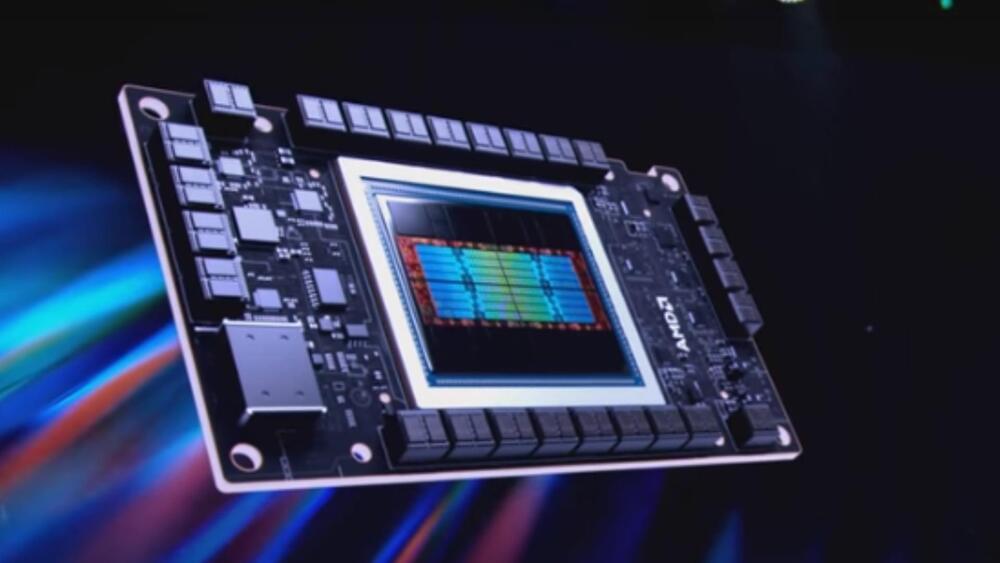China has just connected what it believes to be the world’s biggest solar power plant to the grid in northwestern Xinjiang. The plant covers an area of 200,000 acres and is reported to have an output of 6.09 billion kWh annually.
The new plant is in the deserts near the region’s capital Ürümqi. The site came online this Monday (June 3) and is being run by the Chinese state-owned Power Construction Corporation, according to Reuters.





